Now that you’ve set up your machine and are ready to sew, you might be asking yourself, “what now?” I think it’s assumed that most people know what to do right off the bat, but if you’ve never sewn on a sewing machine, terminology is not enough. Don’t worry, I’ll provide you with a quick rundown on how to use a sewing machine below.
8 Step Guide on How to Use a Sewing Machine:
1. Make sure your needle and presser foot are raised. The first thing to check before you begin is that your needle and presser foot is at its highest position. If it isn’t, you’ll either roll the knob at the far right (mechanical machine) or press the designated buttons (computerized machines).
2. Place your fabric. Place your fabric underneath your presser foot. Be sure to line your fabric up with the needle so that it will begin stitching at the desired seam allowance indicated on the machine. Lower the presser foot to keep the fabric secured as you sew.
3. Begin stitching. As you slowly press the foot pedal, your machine will start to stitch. The harder you press down the faster the speed will be. If you have a machine that uses a button start, I suggest you begin with the dial at the slowest speed and move faster when you’re comfortable.
4. Remember to backstitch.. At the beginning and ending of every seam you sew, it’s good to backstitch. This locks the stitch in place and prevents unraveling. I usually do about three stitches forward then three reverse stitches, then continue forward. Some sewing machines have a lock button, and you will press that instead.
5. Guide your fabric. This is a crucial step in sewing. Your machine will automatically pull your fabric through. All you need to do is make sure your stitches continue to line up with the seam allowance gauge. If you pull your fabric, you could reduce stitch quality, break your needle and or cause your finish seamed to look frumpy.
6. Lock your ends. Again, this is to ensure your ends don’t unravel. At the end of your seam line, you will reverse a couple of stitches then stitch forward back to the end.
7. Raise your needle and presser foot up. After you’re done stitching, be sure to raise the needle and presser foot. Leaving either down will prevent you from moving to the next step.
8. Remove fabric. Gently slide your fabric out from under the presser foot. This will cause your machine to pull thread from the spool and bobbin. Cut threads. If your machine has a built-in thread cutter button, you will press that first then remove your fabric.
Hope this list helps you to get a better understanding on how to use a sewing machine. If you have any suggestions or need additional help, comment below.
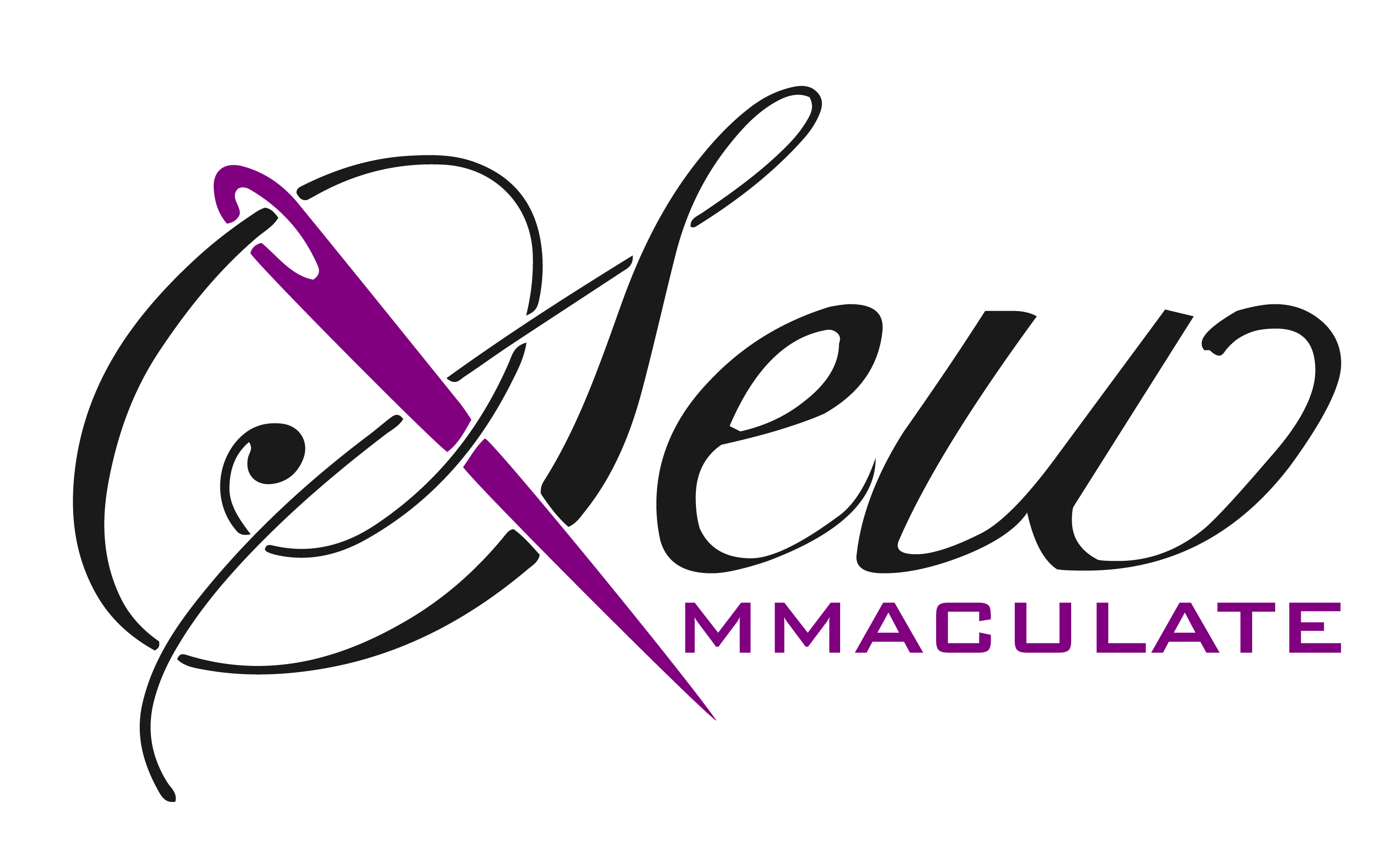

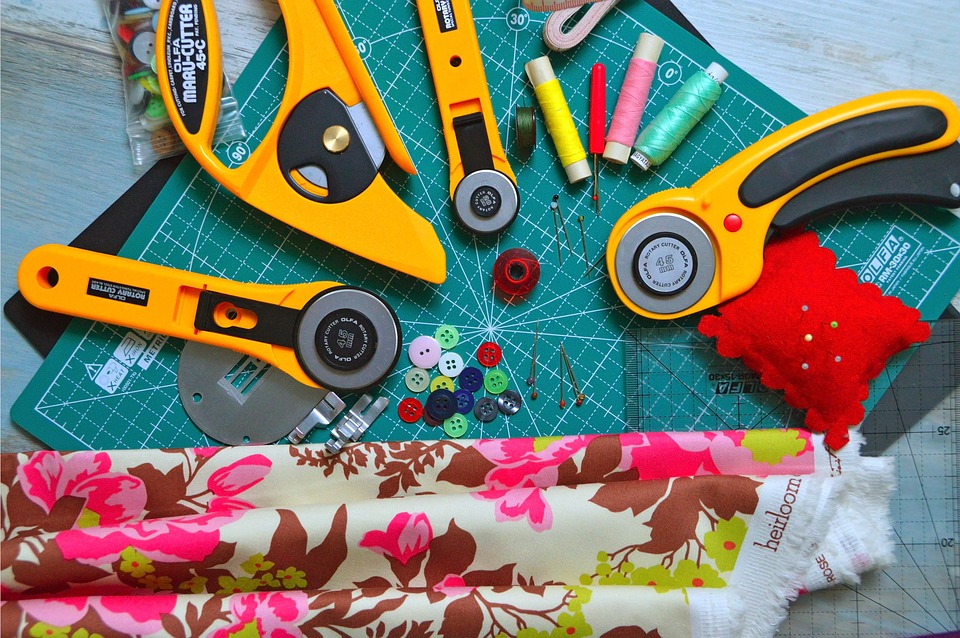

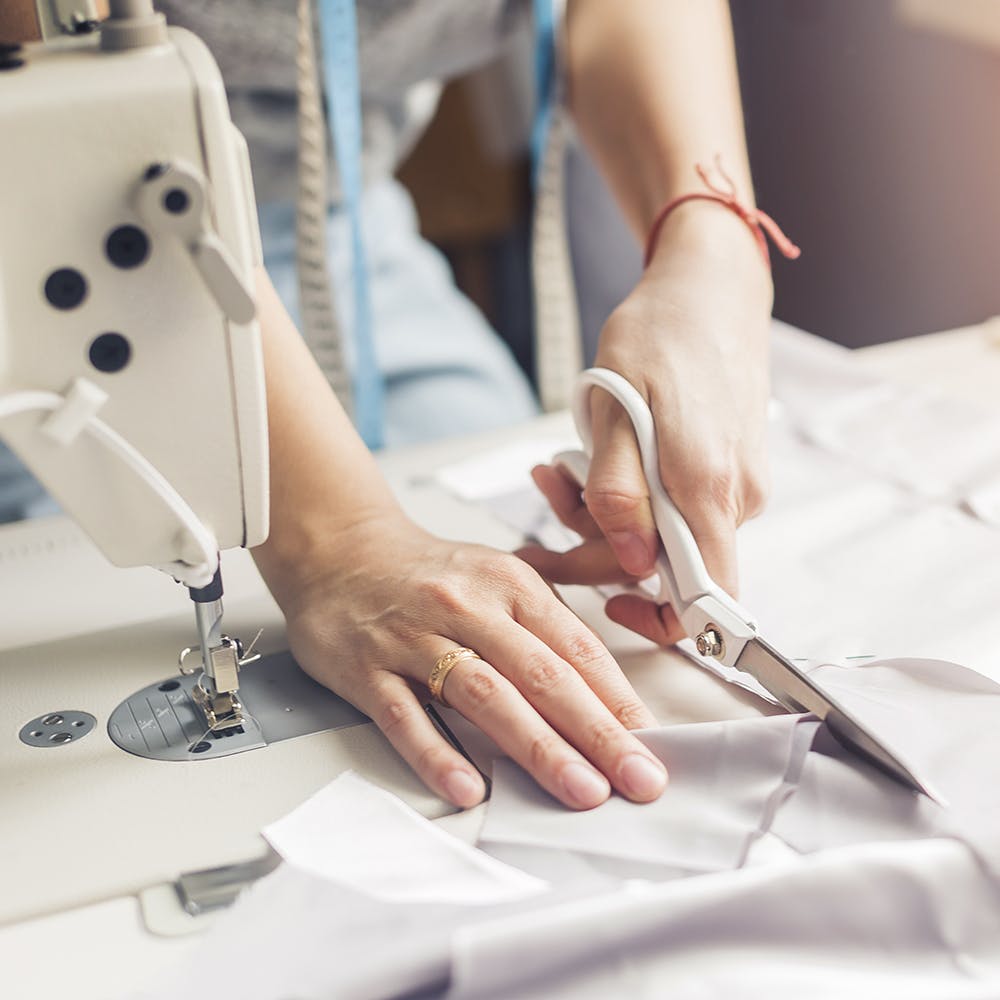


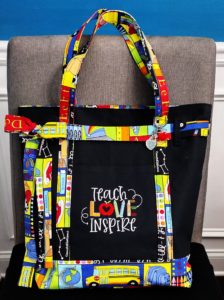
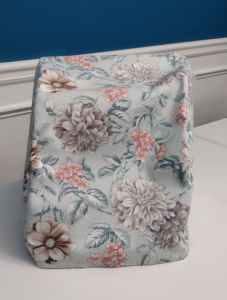
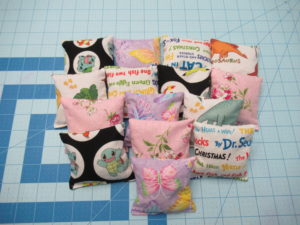
This Post Has One Comment
I love it when people get together and share thoughts. Great site, continue the good work!